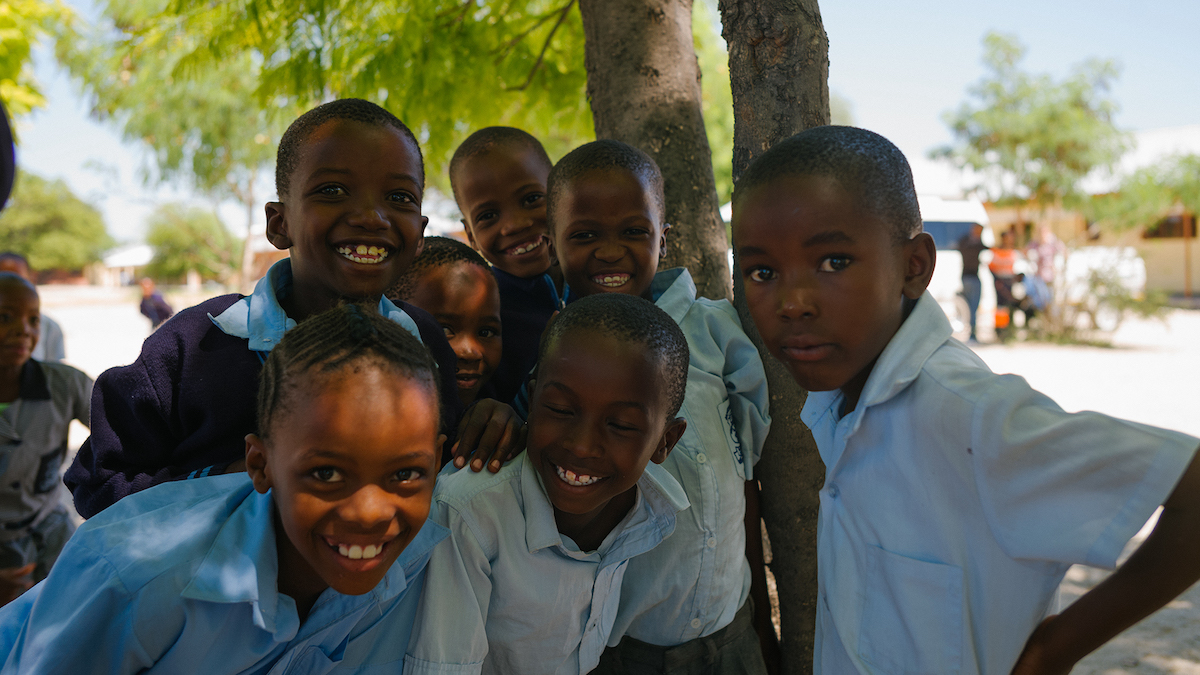World Health Day: How the Natural Diamond Industry is Building Healthy Communities
The natural diamond world supports communities through investments as strong and lasting as the gemstones themselves.
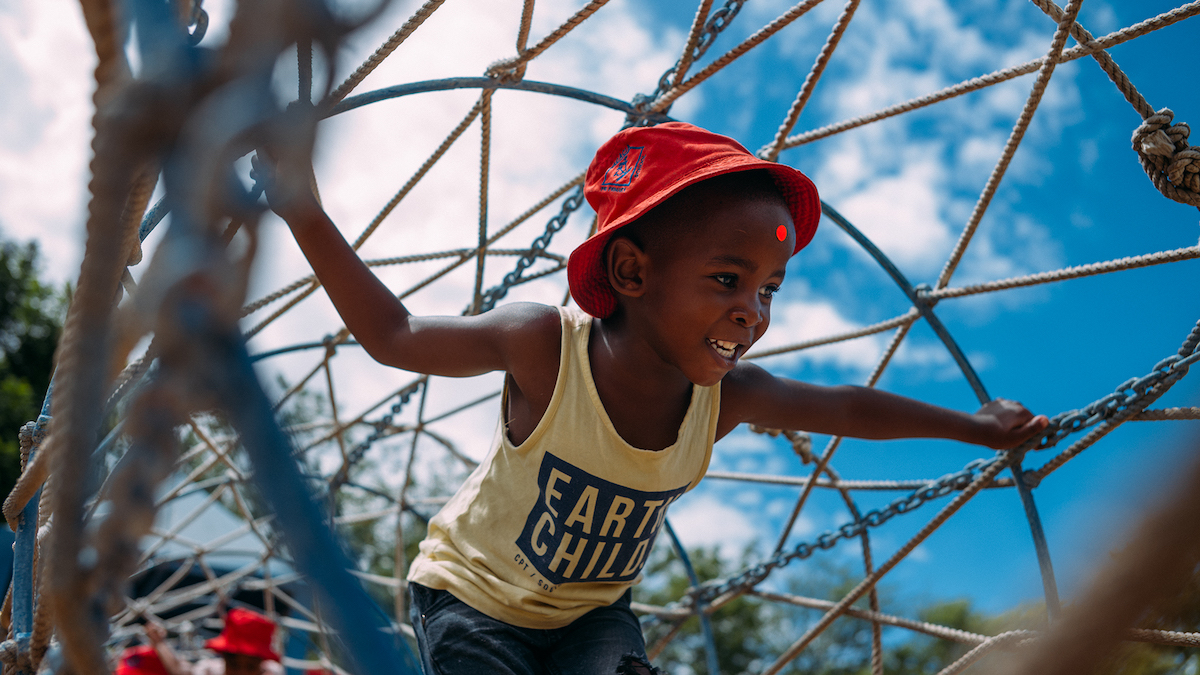

Many of the smaller, more isolated communities across the world that are home to diamond mines have seen monumental gains in access to high quality health care, all made possible by local mining operations that fund the necessary infrastructure. In some cases, the facilities established by the mines are the only clinics within miles, giving residents crucial access to medical care and eliminating the need for expensive and time consuming travel. But beyond the improved access to everyday health care brought about by the industry, it’s also provided experts the opportunity to focus on the long term well-being of host communities.
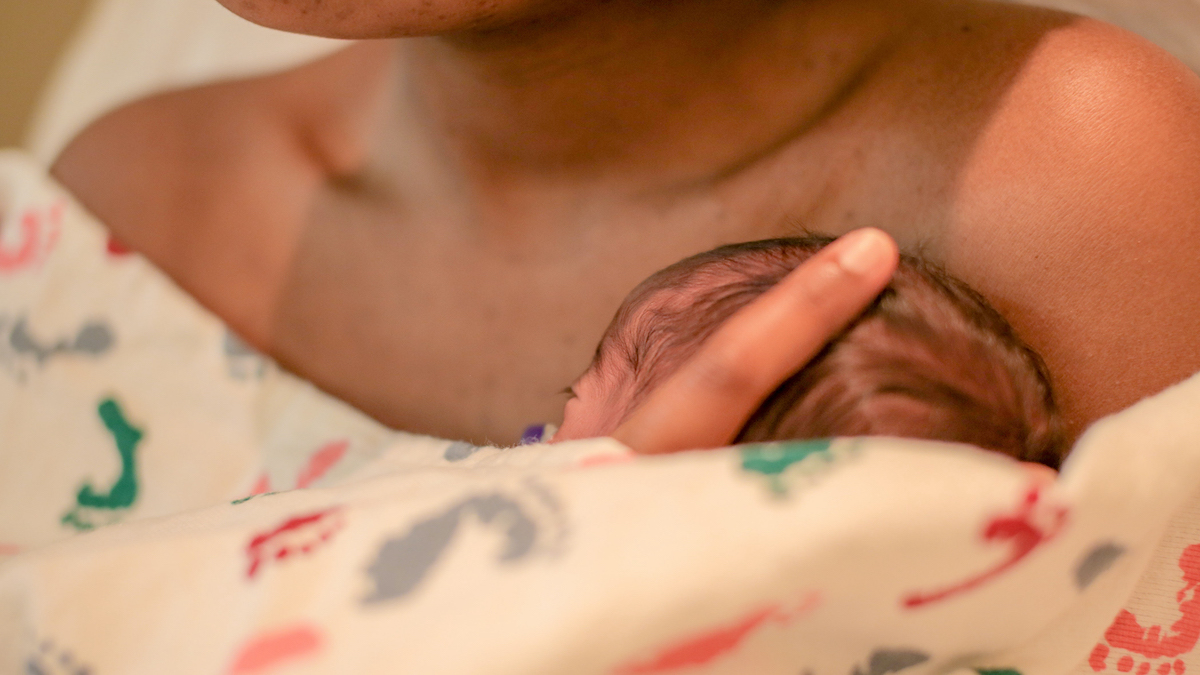
Jacques Oosthuyzen is the Group Occupational Health & Hygiene Lead for Petra Diamonds in South Africa and since joining the company in 2011, he has devoted his time to eliminating diseases that pose a threat to the health of both Petra employees and their communities around the mines.
“It started with looking at conditions that have historically been prevalent in mining, but then it became so much more,” explains Oosthuyzen.
In South Africa, the biggest historic risk associated with diamond mining was the possibility of contracting tuberculosis.
“We noted that the cases of TB we were seeing were mainly in those employees who had other underlying health conditions and those who came from areas with high cases of TB,” Oosthuyzen says.
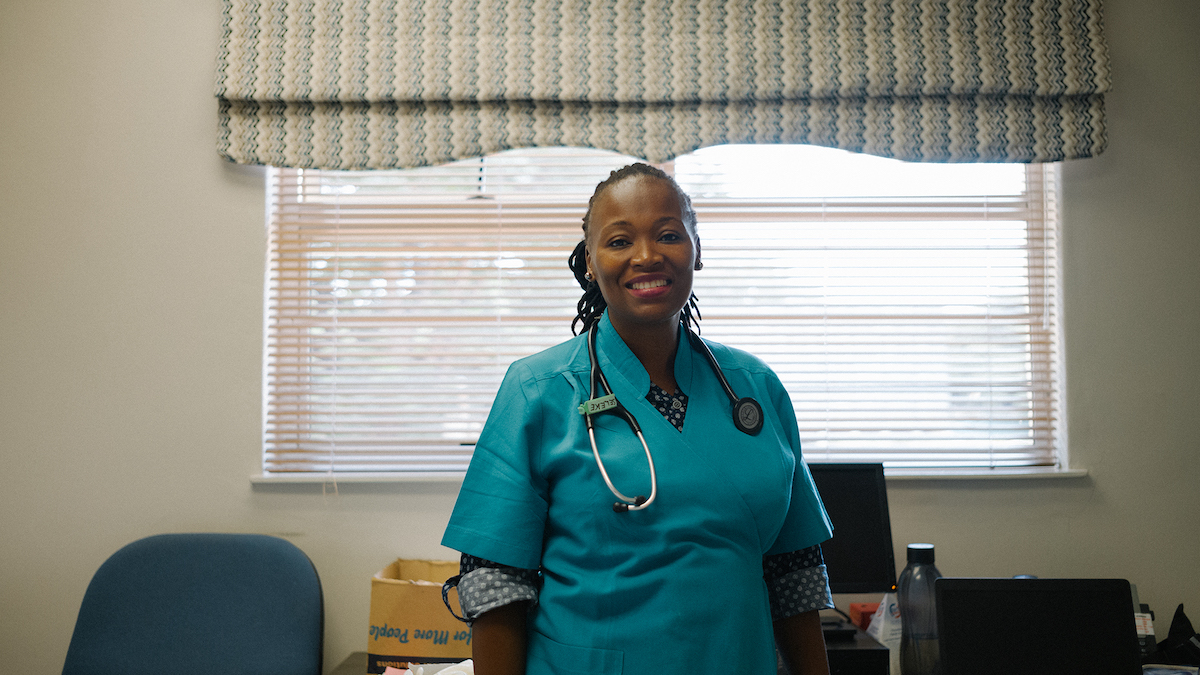
These factors combined with the historically close proximity of mine workers underground contributed to the spread of TB, but through new higher standards in clean and well-maintained working environments and regular health checks for employees, the rate of TB infection has been greatly reduced among full time employees of not only Petra Diamond, but De Beers Group too.
“We have had no certified occupational diseases for some time now,” says Oosthuyzen. “We work by reducing or eliminating the risks at source: everyone has an annual medical fitness assessment. We do all the standard checks for blood pressure, blood sugar and so forth, but we also do lung function testing, chest x-rays, substance testing, hearing and vision tests—everything necessary.”
Years of implementing these actions as a code of practice for health care and wellness reporting across the group has meant plenty of changes on an operational level, but the new standards and procedures have all contributed to more positive health outcomes.
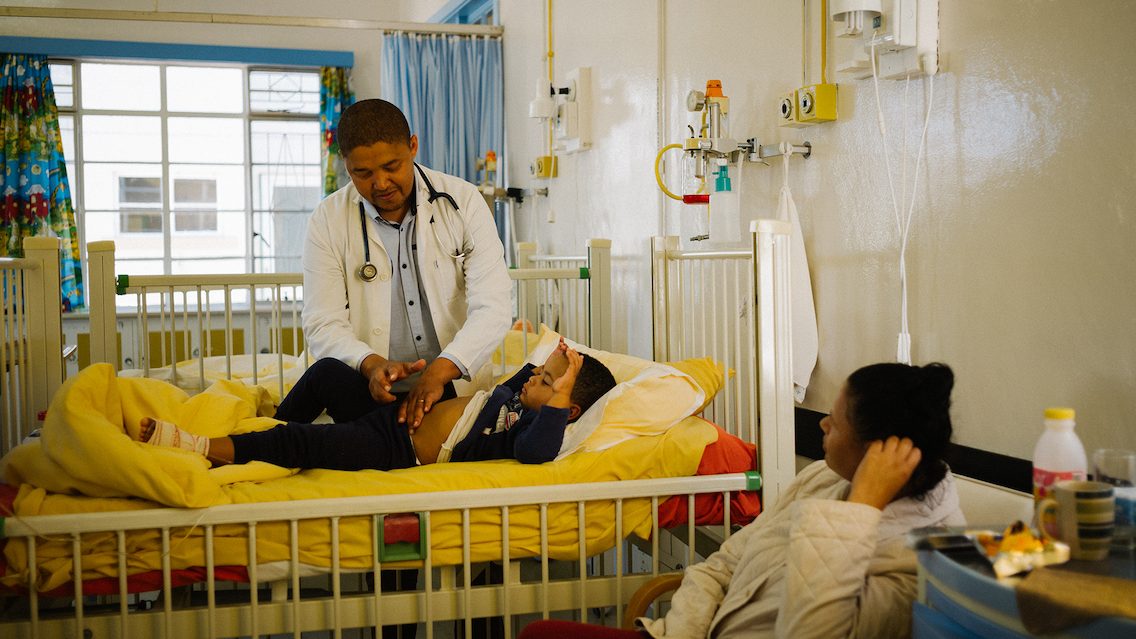
“We’ve turned the whole system around by 360 degrees,” Oosthuyzen says. “For the past three to four years we’ve been focusing on chronic disease and lifestyle disease monitoring so we know who the people are with these conditions and we can ensure they get the right treatment.”
These health checks have been extended wider into the communities around Petra’s diamond mines, thanks in no small part to close relationships with local authorities. Officials have helped spread awareness on the myriad of mine-supported benefits available to residents, with such campaigns getting an extra boost from government sponsorship to ensure the community engagement is effective.
Like Petra Diamonds, De Beers Group has offered world-class health care for community members through the hospitals and clinics around its mining operations in Southern Africa. The company’s “Building Forever” commitment outlines their approach to creating a positive lasting impact.
Through Building Forever, De Beers Group is committing to improving the health, education and livelihoods of local residents wherever it operates, establishing baselines and priority issues around each of its operations by working with the London School of Hygiene and Tropical Medicine (LSHTM) and local partners.

By 2030, the company aims to achieve priority UN Sustainable Development Goal 3 (SDG3) health targets in all its partner communities. This includes a focus on reducing HIV and TB infection rates, as well as child and maternal mortality, gender-based violence, and road accidents in southern Africa. And across the globe in Canada, De Beers Group is prioritizing health care for specific vulnerable groups within its partner First Nation communities, which includes implementing programs to address youth life skills, mental health, substance abuse, teenage pregnancy and obesity.
Gender-based violence was another issue of mounting urgency during the pandemic, as the risks faced by those living with abusive partners climbed. With the assistance of NGOs like the Status of Counsel for Women, De Beers Group created a program to empower women living in remote communities with safe exit strategies, outlining plans for them to get help from an outreach team and leave in the event of a violent situation. To address the very same issue miles away in southern Africa, the company partnered to improve facilities in transition homes.
Teaming Up for
Good Reason
The natural diamond world’s role as a steward for community health is made possible through a group effort. In every case, partners, the government, civil society and NGOs with a shared purpose are behind the success of every health-based initiative funded or created by the industry.
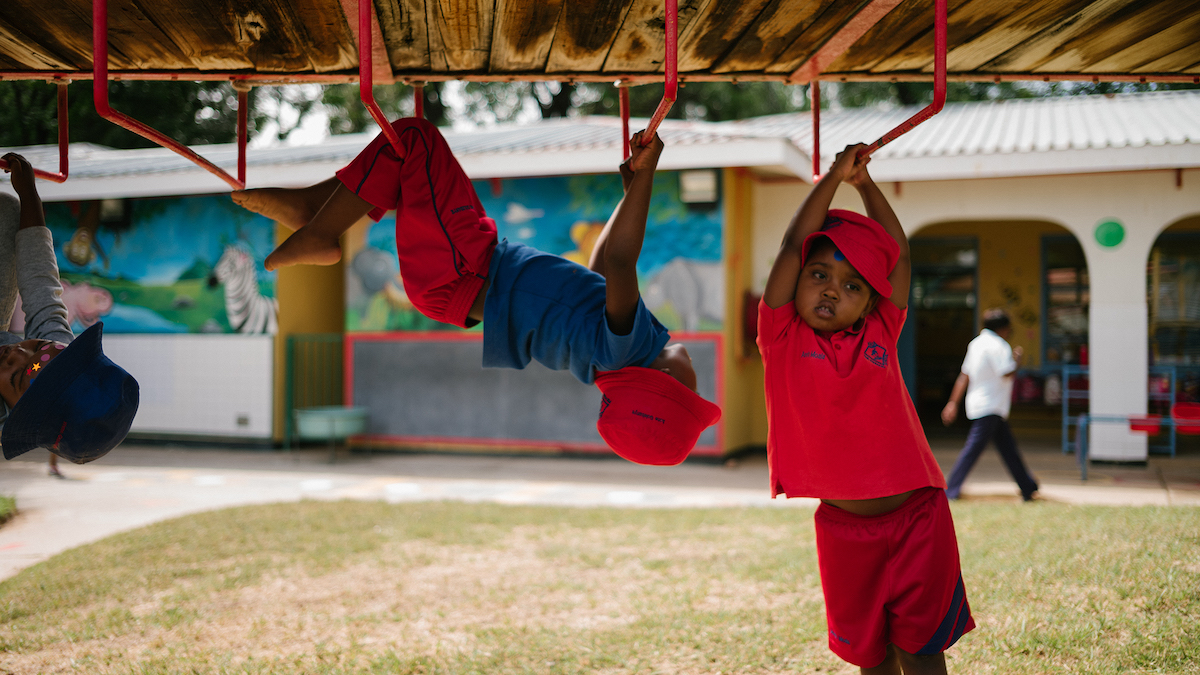
The path to further assisting communities around the mines is guided by questions on how to bring about positive change, as Dr. Tshepo Sedibe, Principle Health Lead at De Beers Group explains, “We always ask ourselves, what is lacking in communities? How do we prioritize making an impact? We identify our goals; we select partners, and we engage communities.”

In the early days of diamond mining, “health and safety standards” referred to hard hats and steel toe caps. Today, the industry has the tools to reimagine those standards in a broader sense, going beyond the workplace to support the well-being, safety and happiness of mine employees and the communities around them, and forging long term partnerships that deliver a brighter future for all.
